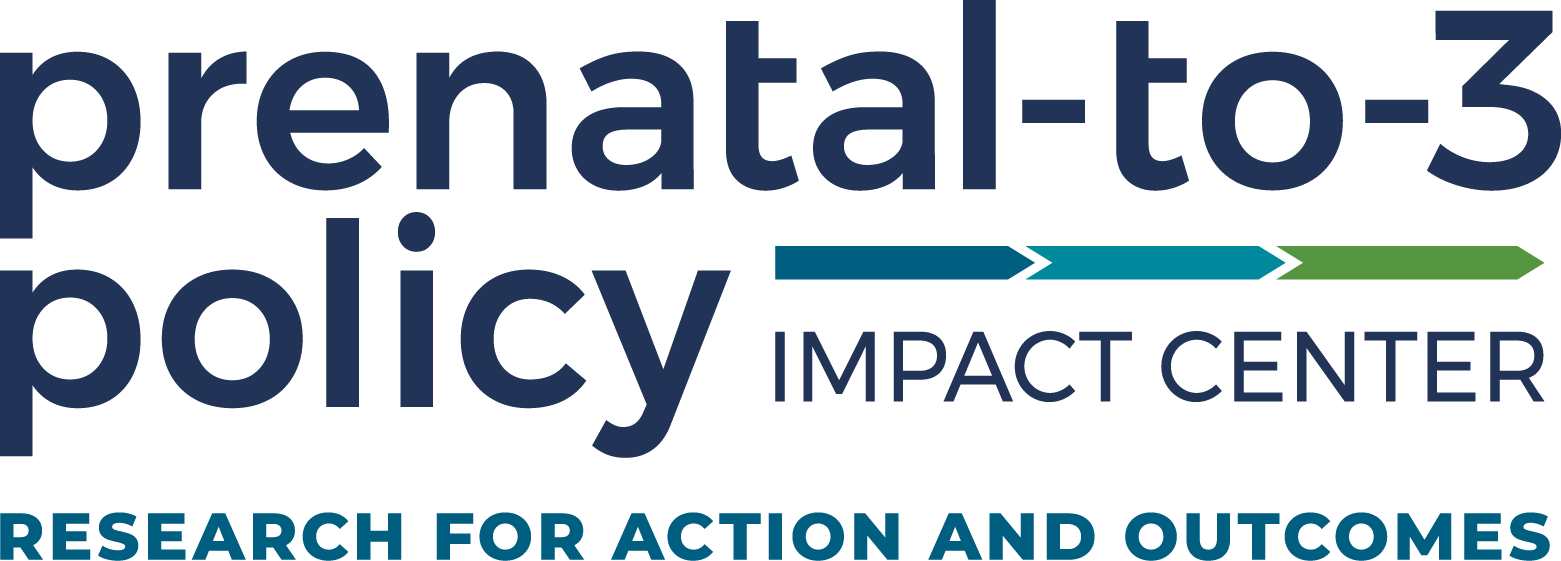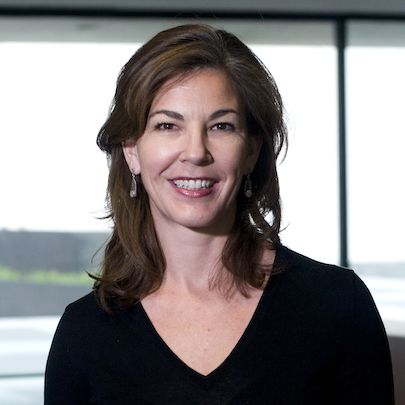Dr. Cynthia Osborne is the founder and executive director of the national Prenatal-to-3 Policy Impact Center, home of the 50-state Prenatal-to-3 State Policy Roadmap and the Prenatal-to-3 Policy Clearinghouse. In 2021, she joined the faculty at Vanderbilt University’s Peabody College of Education and Human Development as a Professor of Early Childhood Education and Policy. Previously, she was faculty at LBJ School of Public Affairs at The University of Texas at Austin for over 16 years and served as the Associate Dean for Academic Strategies for 3-1/2 of those years.
In 2012, Osborne founded and directed the successful Child and Family Research Partnership (CFRP), a nonpartisan research group at the LBJ School. The CFRP engaged in rigorous qualitative and quantitative research and evaluation work for federal and state agencies and large non-governmental organizations to strengthen families and enhance public policy. Major research areas included early childhood investments, family supports, fatherhood, child welfare, and adolescent health. CFRP’s evaluation services transitioned to the Prenatal-to-3 Policy Impact Center at Vanderbilt University in early 2022.
Osborne is a 2023 Aspen Institute Ascend Fellow. She was also an appointed member of the well-known National Academies of Sciences, Engineering, and Medicine Committee to Reduce Child Poverty by Half in Ten Years.
Osborne previously served as director of the Project on Education Effectiveness and Quality, an LBJ School initiative that measured state educator preparation programs’ influence on student achievement. She also served as the Chair of the Responsible Fatherhood working group for the Fatherhood Research and Practice Network, a long-term project of the federal Office of Planning, Research and Evaluation.
Osborne’s teaching and research interests are in the areas of social policy, poverty and inequality, family and child wellbeing, and family demography. She has extensive experience leading long-term evaluations of state and national programs, with the aim of helping organizations understand what works and how to ensure sustainable implementation of effective policies. Her work includes evaluations of Texas’s home visiting program, one of the largest in the country, and many critical state-level child welfare and child support programs.
Osborne holds a Ph.D. in Demography and Public Affairs from Princeton University, an MPP from Harvard’s Kennedy School of Government, and an MA in Education from Claremont Graduate University. Previously, Osborne taught middle school in a lower-income school in California. She considers that job the toughest and most rewarding of her career. She enjoys spending time with her husband and two adult daughters, as well as spoiling their two large beasts (dogs). She is also an avid reader of nonfiction and historical fiction novels.




